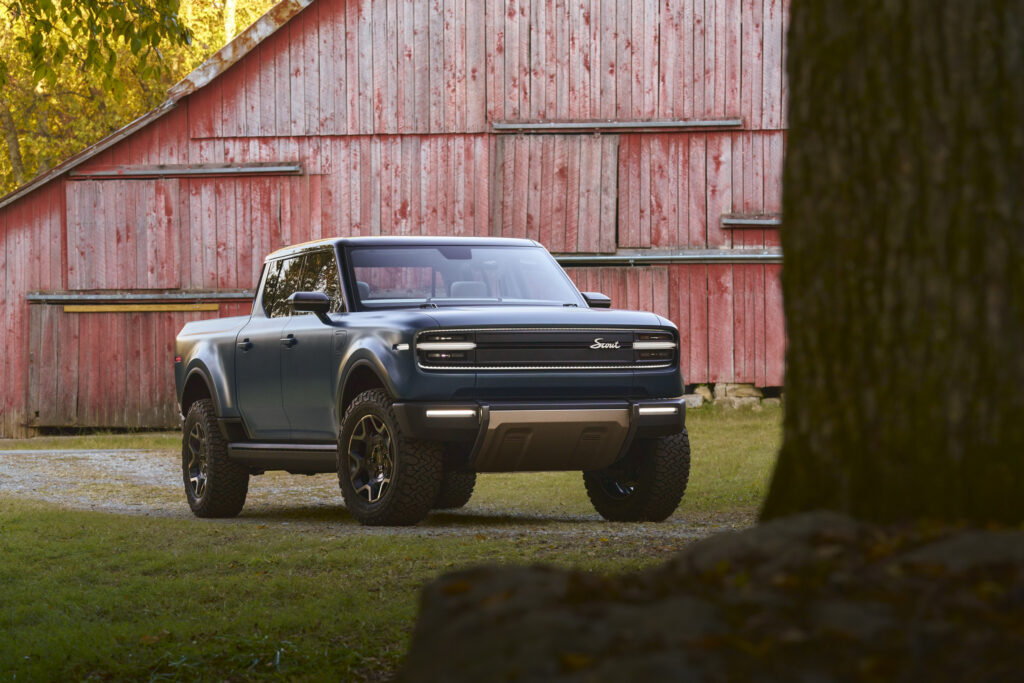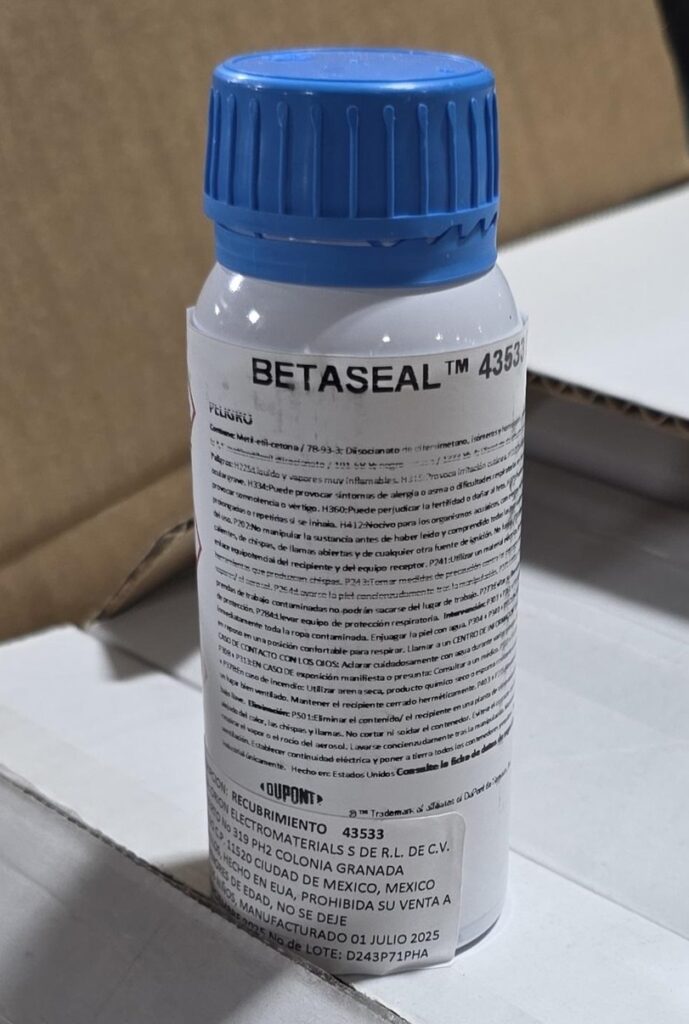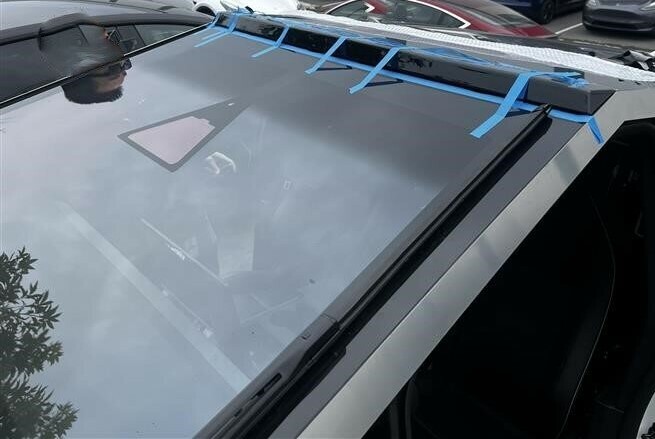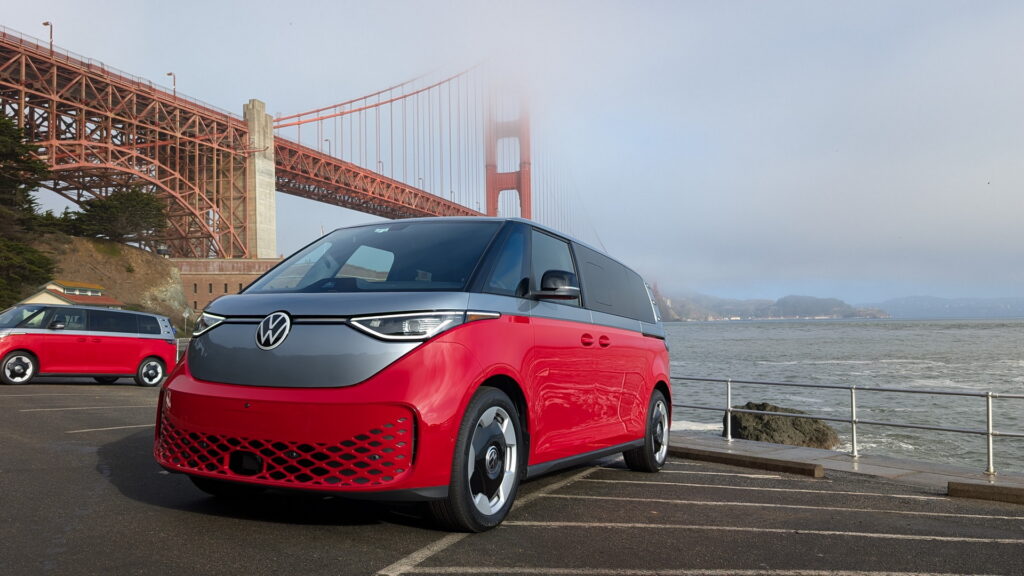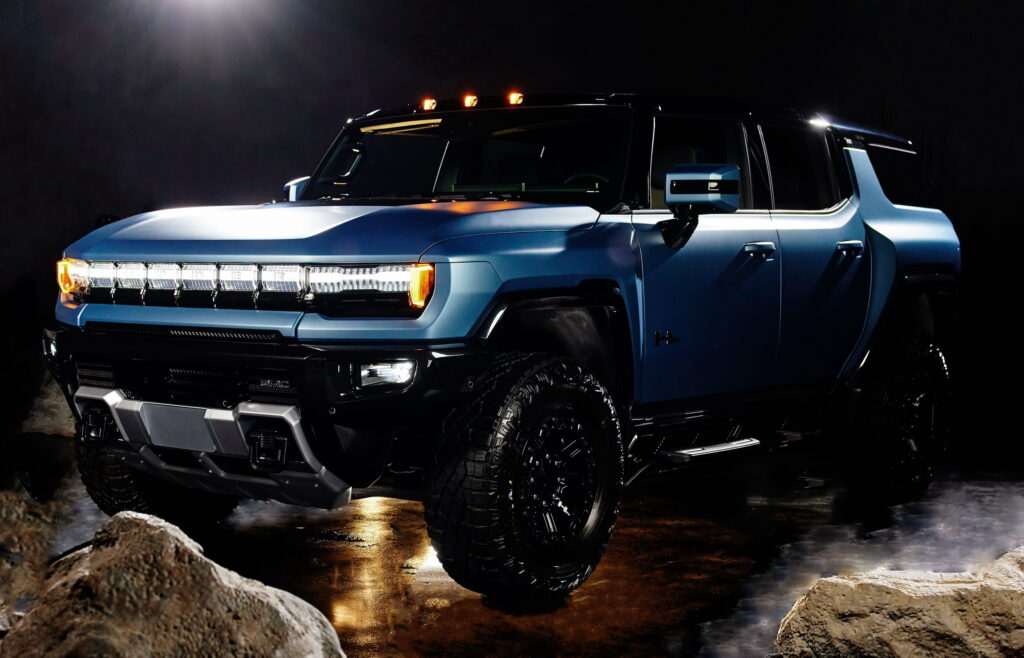Tesla’s Semi Is Getting A Facelift For Volume Production

- 2026 Semi gains 15% efficiency, new aero, and autonomy-ready hardware.
- 500-mile range and 1.2 MW charging target for faster long-haul turnaround.
- Significant visual and structural changes separate it from earlier prototypes.
Tesla’s annual shareholder meeting was absolutely full of news. More than 75 percent of the company’s shareholders voted to approve Elon Musk’s one-trillion-dollar compensation plan, split into 12 tranches of shares that unlock only if Tesla meets a series of milestones over the next decade. Musk also confirmed that series production of the long-awaited CyberCab will begin in April next year.
Also: Elon Musk’s Trillion Dollar Pay Hinges On A Bet That Could Break Tesla
The Roadster 2 demo is now slated for the same month, and in classic Musk style, the timing isn’t without a joke. He says it’s happening on April Fools’ Day, partly because it “affords some deniability.” If the demo slips, he quipped, “I could say I was just kidding.”
What’s New With the Semi?
And then there’s the Semi, which is heading for a redesign and full-scale production next year, following its unveiling all the way back in 2017 The redesigned Class 8 hauler gets meaningful efficiency gains, higher payload capacity, and a package clearly engineered around Tesla’s autonomy ambitions.
While the original Semi entered limited production back in 2022, this is a full-scale update with big aspirations and changes.

Efficiency is the biggest news. Tesla claims energy consumption drops to 1.7 kWh per mile, a 15 percent improvement over the current Semi. Paired with a 500-mile range rating, the update positions the new truck more competitively against rivals from Daimler and Volvo.
Drive power holds at 800 kW, but Tesla says that internal improvements under the skin, such as cooling, software, and thermal routing, provide more consistent performance under load.
Fast Charge Future
Another major upgrade is charging. The new Semi supports a peak rate of 1.2 MW (1,200 kW). That eclipses the current Megacharger output and allows for significantly shorter high-volume charging stops when paired with compatible infrastructure. Payload capacity also increases, though Tesla didn’t reveal by how much.
Visually, the Tesla truck looks a lot more like the rest of the family now. It gets a new Model Y-style front light bar, cleaner body surfacing, and a reshaped roof to improve aerodynamic flow. The black glass side panel is narrower, the bumper is reworked, and that continues to the wheel openings.
Read: Tesla’s Cybercab Might Become The Affordable Model 2 After All
Tesla frames all of this as groundwork for a future autonomous freight platform. Amazingly, the brand and its CEO avoided reaffirming any specific Level 5 self-driving timelines.

How Fast Can It Build the Cybercab?
Elon Musk didn’t stop at teasing the Cybercab itself; he also boasted about how it would be built. According to him, the dedicated production line will operate on an astonishing sub-10-second cycle time, compared with the roughly one-minute rhythm it currently takes to assemble a Model Y.
If that target holds, Musk suggested, it could translate to an annual output up to five million Cybercabs, a figure that would eclipse the production pace of nearly any vehicle on the road today. Still, as with most of Musk’s projections, take everything said with a grain of salt.
Either way, it’s going to be a wild year for Tesla. From Semi production ramp-up to the launch of the Cybercab and the potential demo of the Roadster, there’s a lot to live up to and lots that could go wrong.











